How To Use Big Data To Make The Best Pricing Decision?
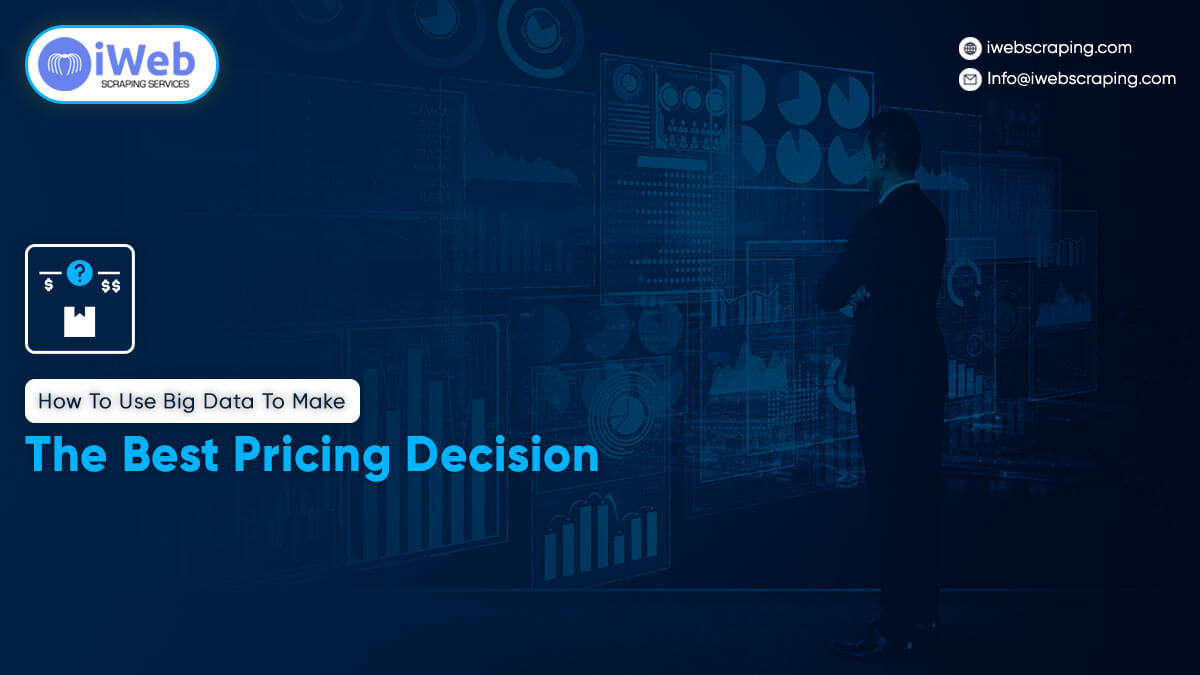
Big data is a collection of information that is so voluminous and complex that it requires advanced technologies to extract insights from it.
Prospects are increasingly using Big Data for their marketing decisions, but most companies are just starting to understand the potential of this technology. This article aims to explain how you can use Big Data to make the best pricing decision for your business.
Before we dive into how you can use Big Data to make better pricing decisions, let's first look at what big data is and how it works.
What Is Big Data & How It Works?
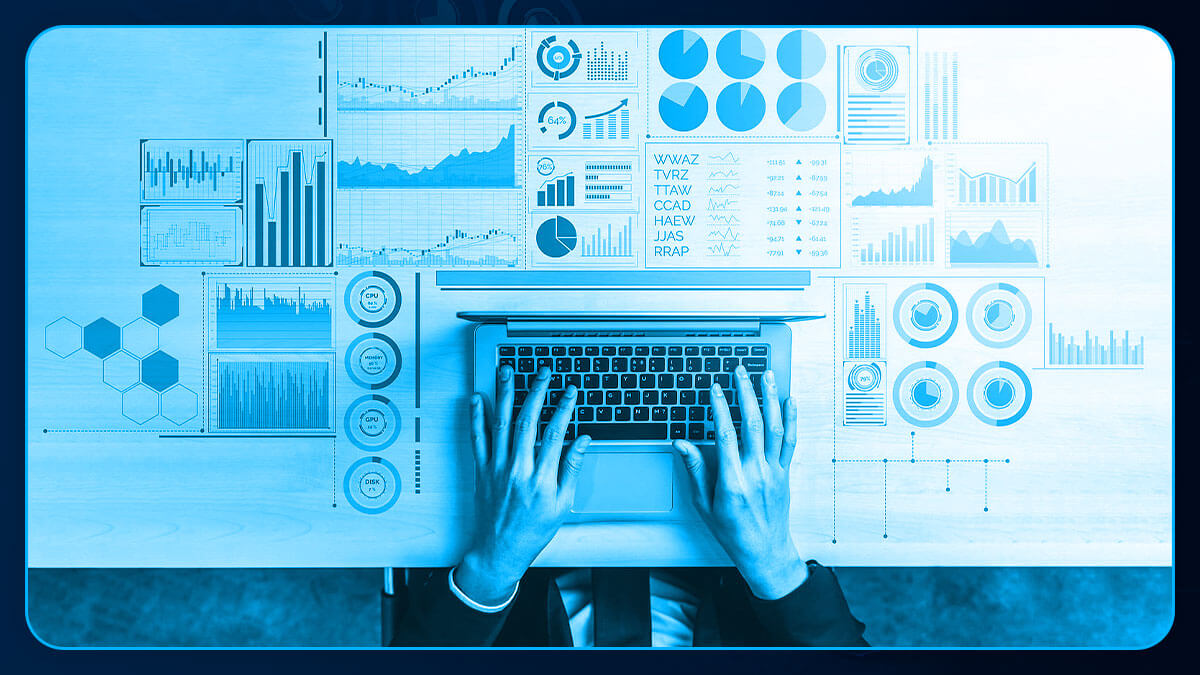
Big data is the concept of collecting, storing, and analyzing a large amount of data. It is used in many different fields, such as medicine and finance.
Big data has become very popular lately because it can make better decisions and predictions than traditional methods. There are many benefits to using big data, but some dangers come with it.
One of the essential things big data can do is predict trends and patterns to help companies make better decisions.
For example, one company might want to predict which products will sell best based on how their competitors are doing. They could use big data from other companies websites or even their sales records to see the products selling the most.
Another way big data helps companies make better decisions is by analyzing historical trends to see what might happen next (for example, if sales increase for one product category).
Big companies like Google have been using this method for years, and it has proven very effective at predicting future trends.
Importance of Optimized Pricing Strategy
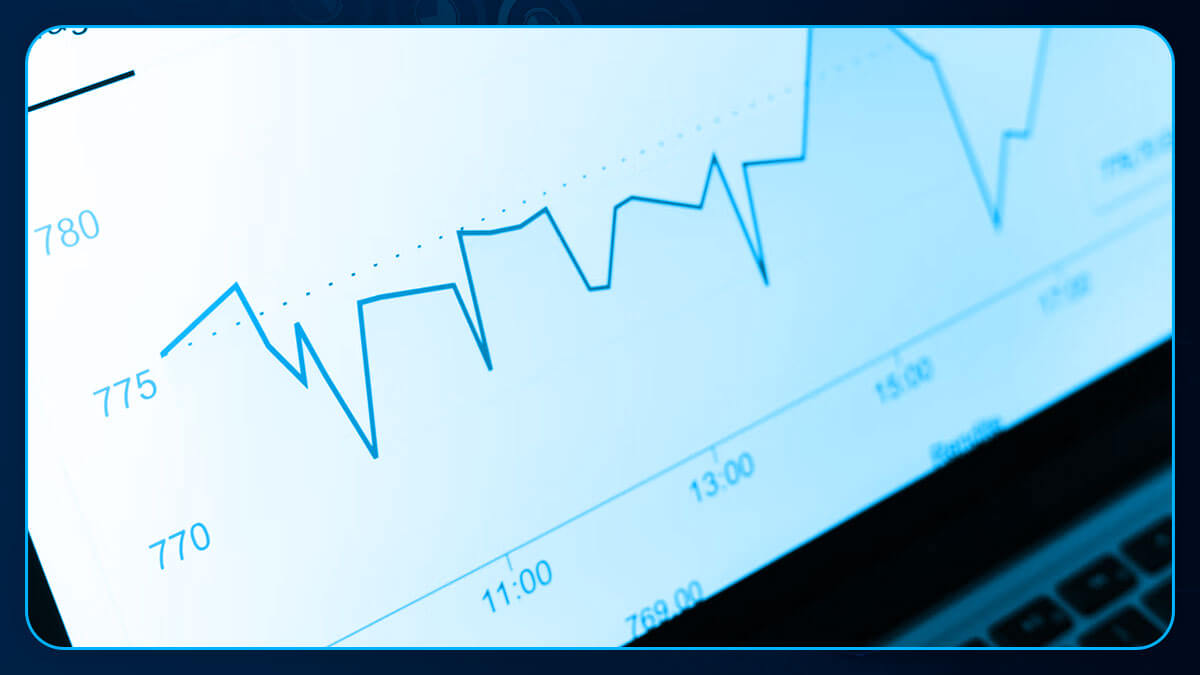
Pricing is one of the essential elements in any business. It is the key to success or failure, whether a small local business or a global corporation.
Pricing strategies can be as simple as charging more for services or products than you think they are worth or as complex as setting prices based on customer demand and offering discounts to increase sales.
Pricing aims to create a balance between what you want to make and what customers want to pay. If you charge too little, there will be little profit; if you charge too much, your customers will not buy from you. In either case, your profits will suffer. So, how can you decide the best price for your product?
This is where big data comes to the rescue!
Big data gives you the ability to make better decisions about your business, as well as have a better understanding of customer behavior and trends.
It has the power to help you predict what might happen next, which means that you can plan for it and take action based on those predictions. Below are the seven ways you can use big data to make the best pricing decision.
7 Ways To Use Data for Making The Best Pricing Decision
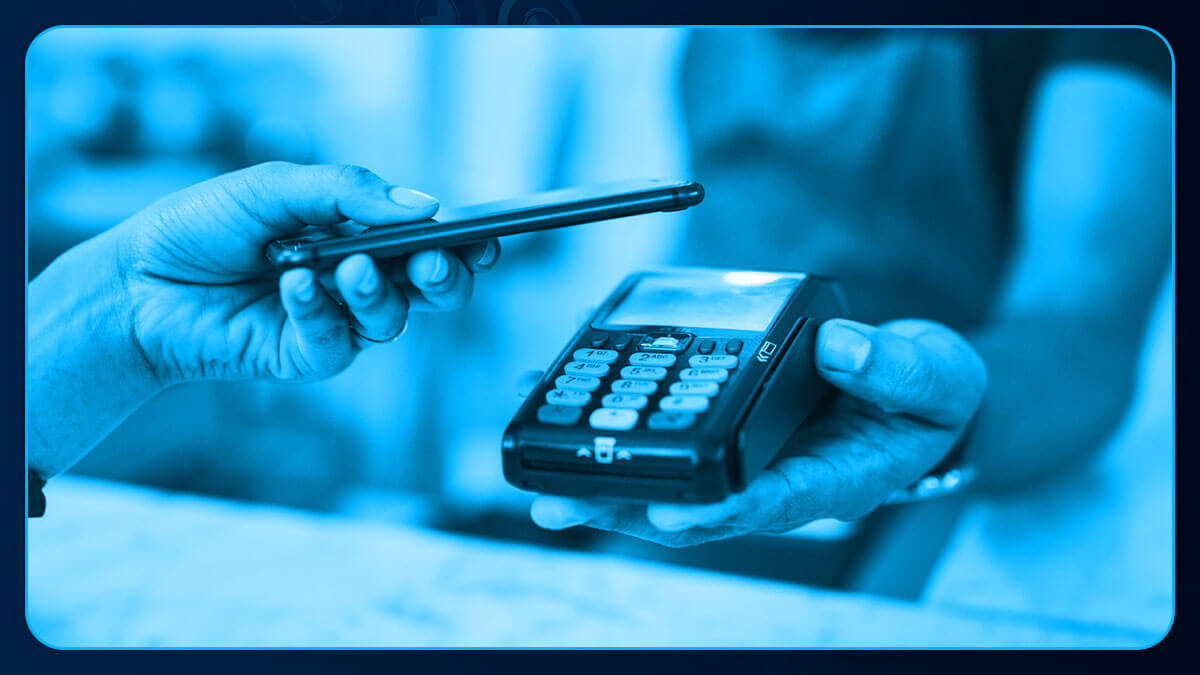
Data is lifeblood is the lifeblood of the business. It allows you to make better decisions, create a more efficient operation, and ultimately increase your bottom line.
Data can be used for many reasons, but here are seven ways to use data for making the best pricing decision:
Here are seven ways to use data for making the best pricing decision:
1. Understand Your Competitors

Competitive analysis is about understanding what makes your competitors successful and what makes you stand out. The more information you have on your competitors' sales, marketing strategies, and other activities, the easier it is to create a strategy that works for you.
2. Understand Your Customers

Your customers are essential in pricing decisions because they will ultimately determine how much money you make each year from your product or service sales.
The more information you have about your customers' needs and preferences, the better equipped you will be to determine how best to price products or services that meet those needs and preferences.
3. Use Data to Test Your Pricing Strategy
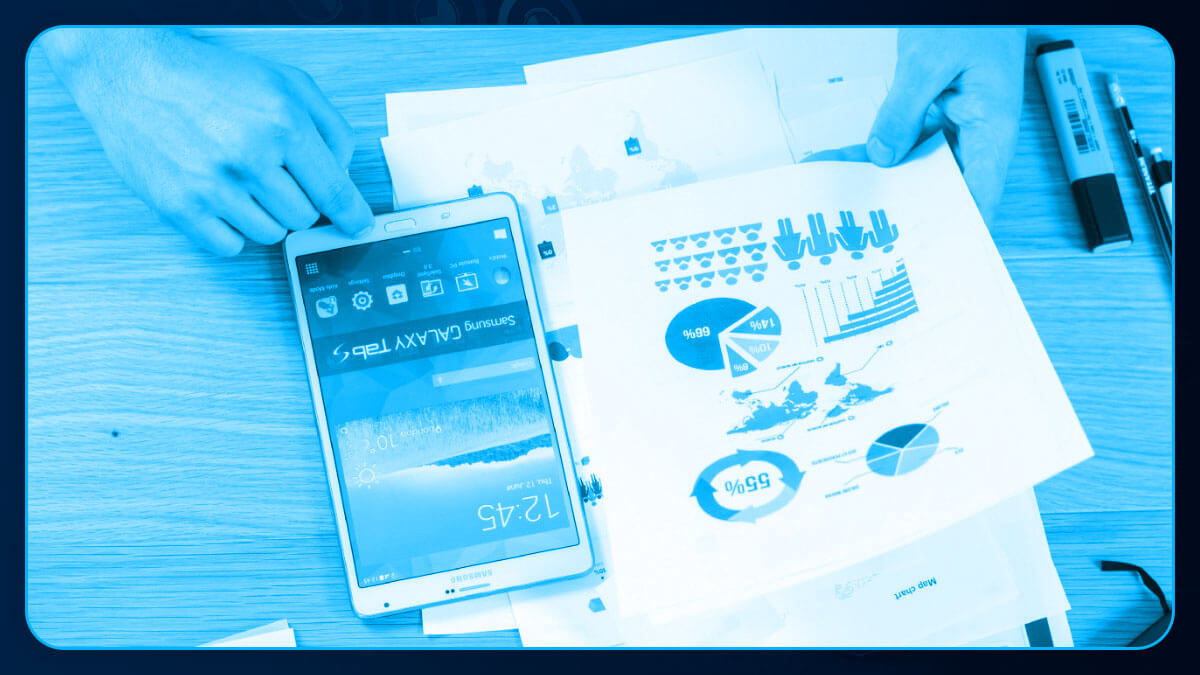
Data is also helpful in testing your pricing strategy by using it to analyze test campaigns, looking at how customers respond to different price points, or comparing prices between similar products from different companies, helping you determine which ones are most appropriate for your customers.
4. Understand Your Customer Demographics
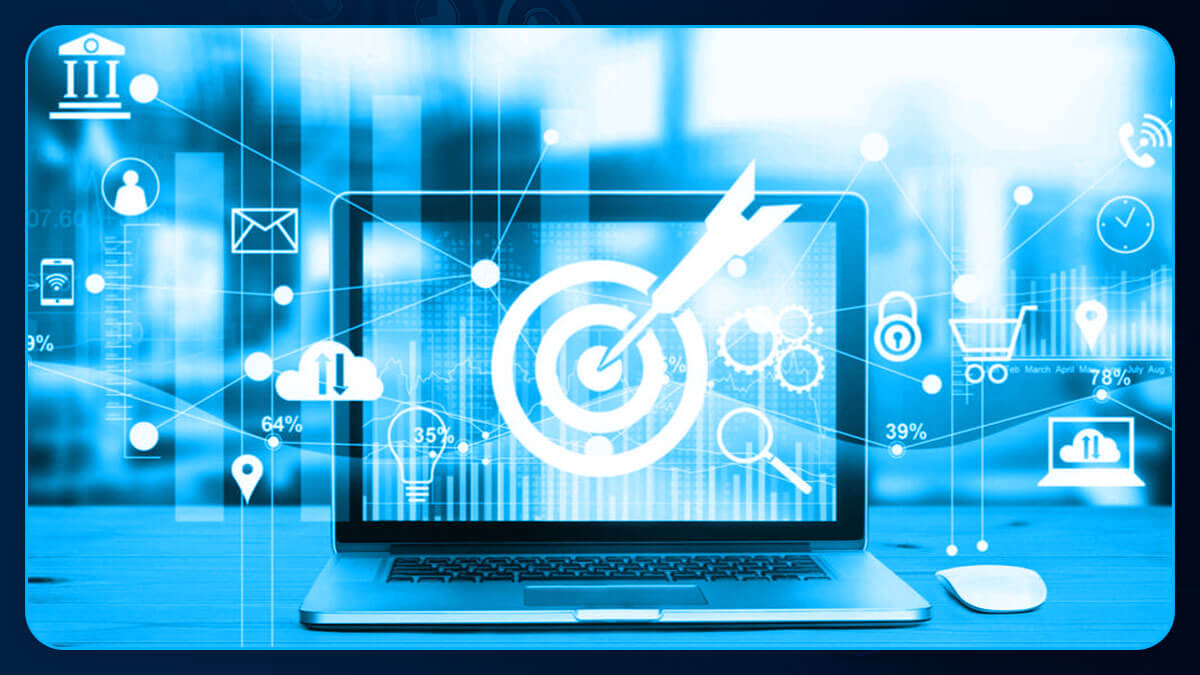
A great way to understand how customers respond to different prices is by using demographic data — specifically, age groups and gender.
This allows you to determine how prices will be perceived differently by different types of customers, which can help you determine when it makes sense to change prices over time.
5. Use Customer Feedback to Create Better Pricing
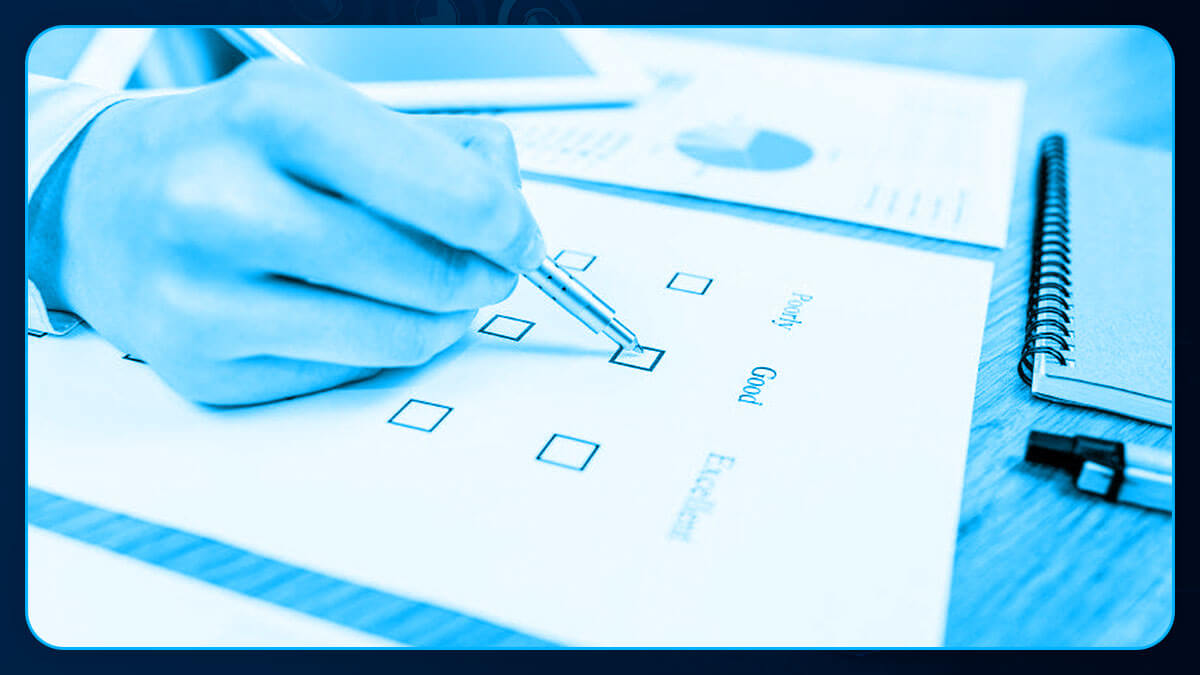
First and foremost, your aim should be to create better customer prices based on their feedback and preferences. This is especially true if you are a B2B company that sells directly to customers (either an individual or enterprise).
You should always listen closely to what your customers want and need so that you can provide them with what they want at the right price point.
6. Keep An Eye On Trends In Product Pricing and Competition
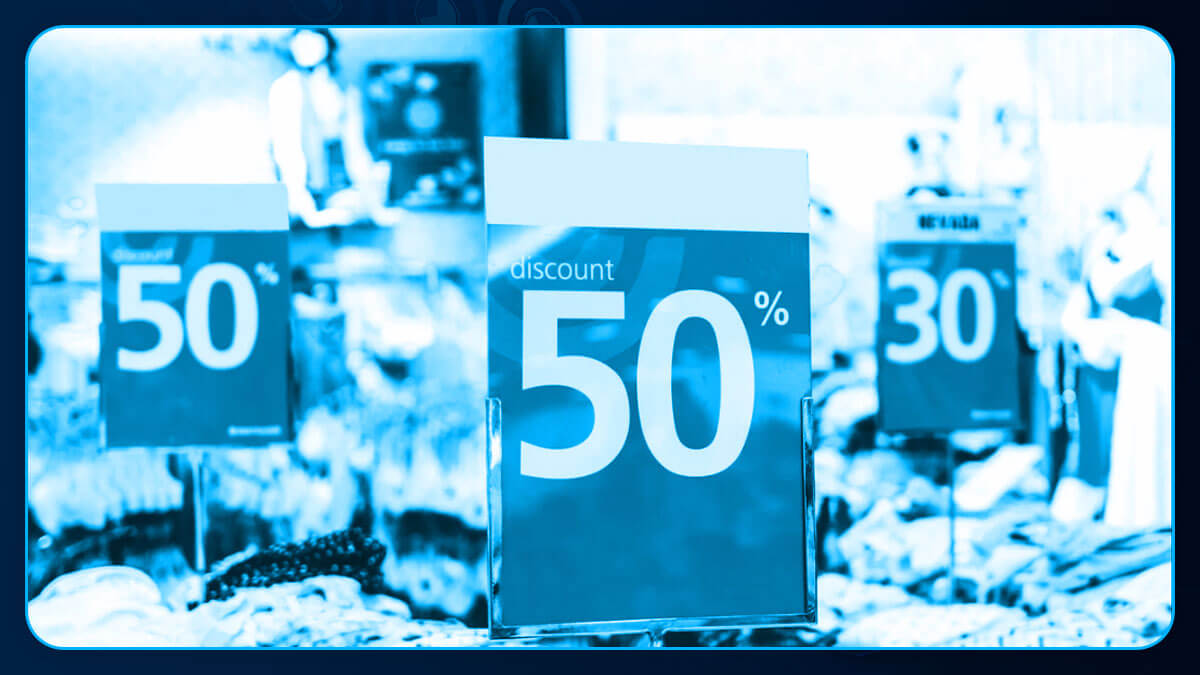
It is essential to keep an eye on trends in product pricing and competition. This way, you can ensure you are taking advantage of all opportunities.
For example, if you notice that the price of a specific product is decreasing, it might be a good time to launch a new version of your product at a lower price. Consider launching a new product altogether to become more competitive in the market.
7. Check For Seasonality In Your Business
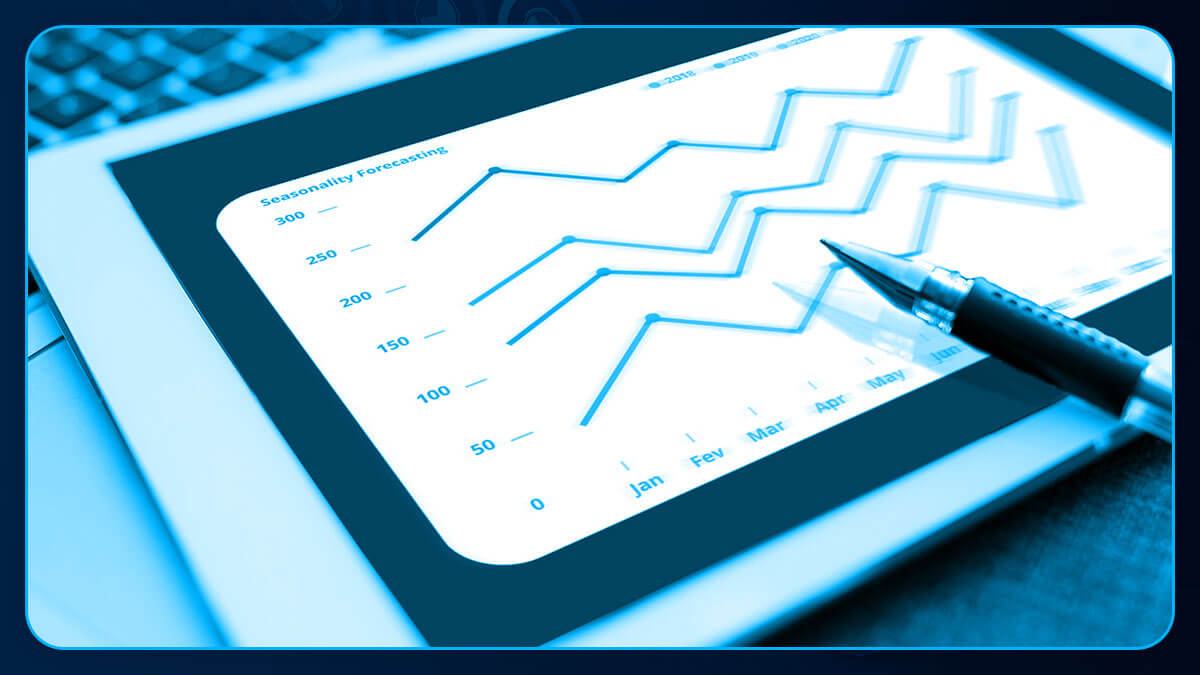
Seasonality is a crucial factor to consider when determining your pricing strategy. Seasonality can be defined as the changing demands on your business in response to seasonal events, such as holidays, festivals, weather, and other seasonal activities that affect the demand for your products or services.
For example, if you sell clothing during the winter season, you should adjust your pricing after Labor Day based on what people are willing to pay for a coat or jacket. Similarly, selling flowers during summertime could increase prices because there's more demand for blooms and plants in warmer months.
Seasonality should be incorporated into your overall pricing strategy because it will help you identify when it's best to increase or decrease prices (and how much).
What Is The Best Way to Collect So Much Of Data?

Now you know about the various ways to use data. But the most important question arises how can you access such a massive amount of data? The answer is hiring the best web scraping service provider. They can help you scrape data out of websites without worrying about the technical side of things.
X-Bytes Enterprise Web Scrawling Service is the leading company that offers price intelligence solutions. We provide fast and accurate information about your competitors' pricing, availability, and product specifications.
In addition, we help marketers and business owners cut through the noise and find the best deals on products and services, regardless of their size or industry.
Final Thought
In conclusion, the best way to use big data is to understand what it can and cannot do. Big data is not a magic bullet that will solve all your problems. Instead, it is a tool that can be used in conjunction with other tools and techniques to help you make better decisions.
As with any new technology, there are risks associated with big data. But if you follow some of the steps outlined here, you will be able to minimize those risks and reap the benefits of this powerful new source of information.
